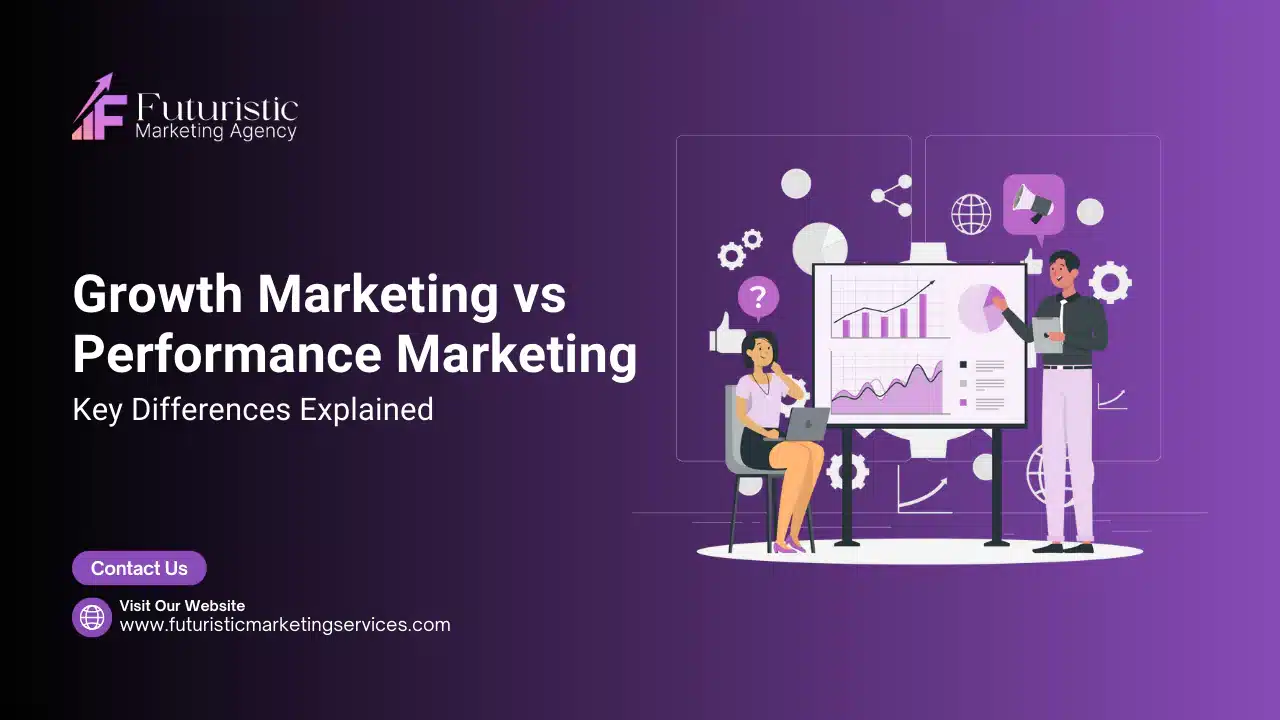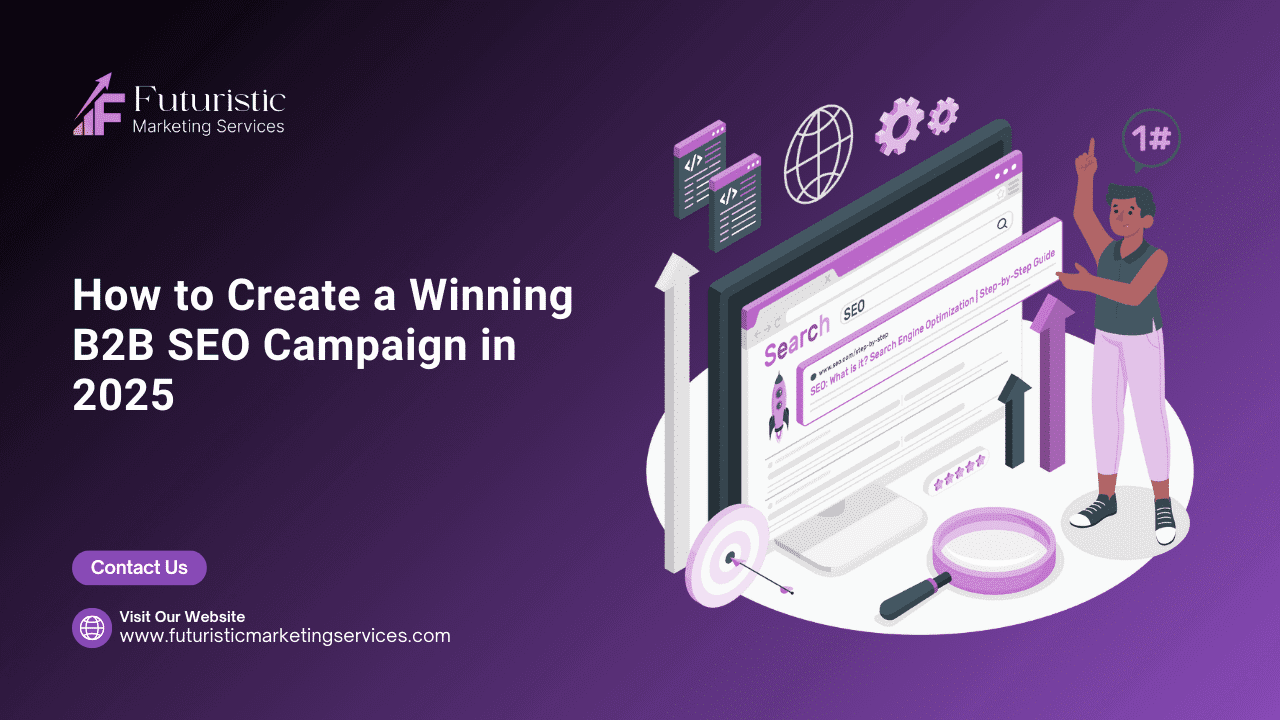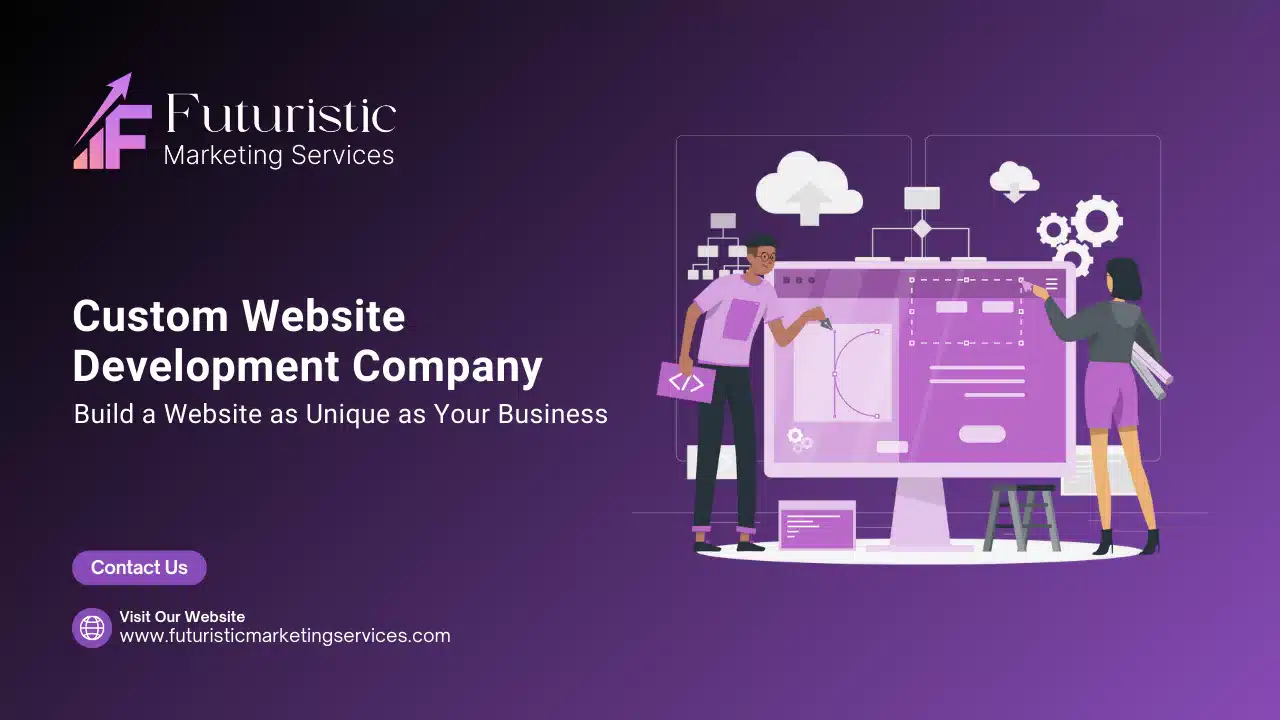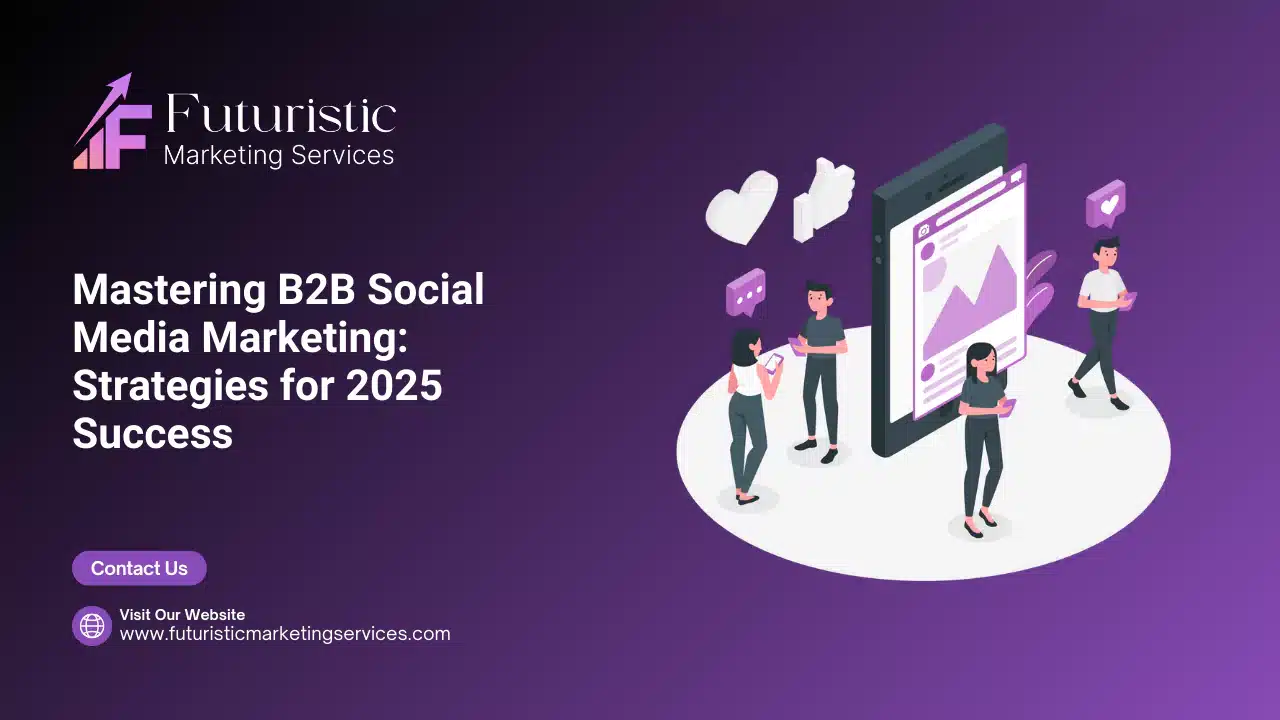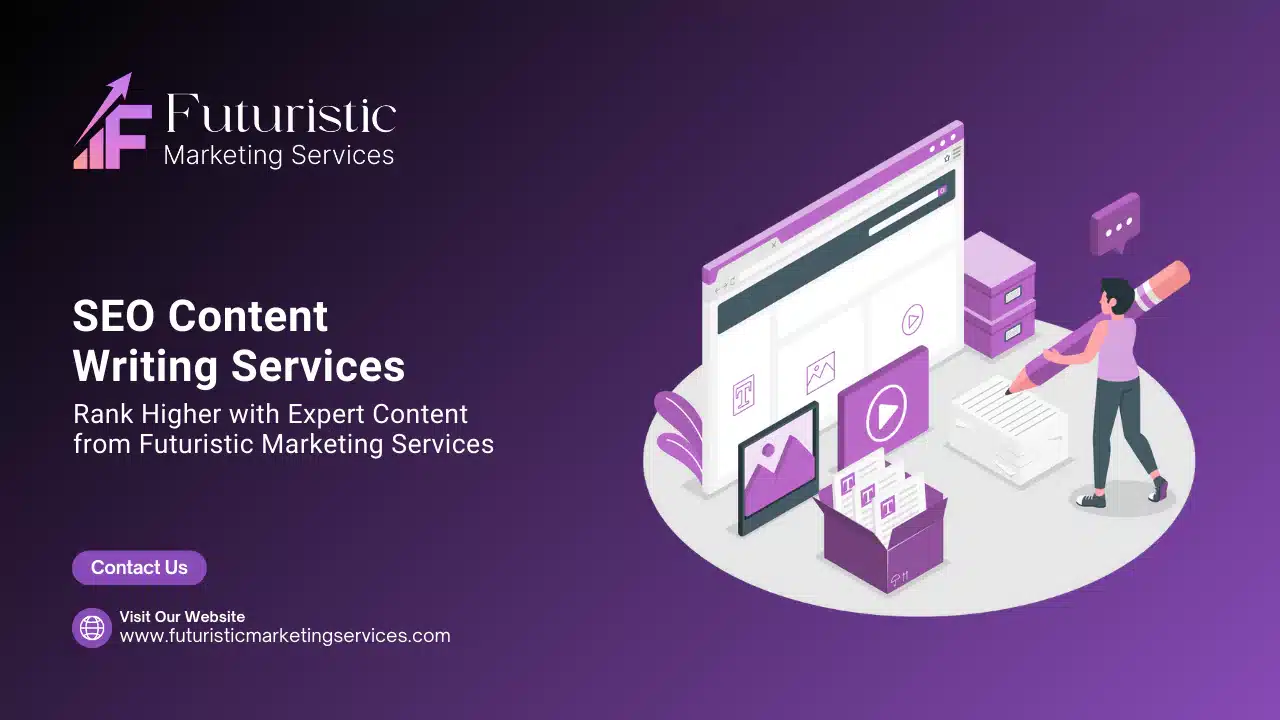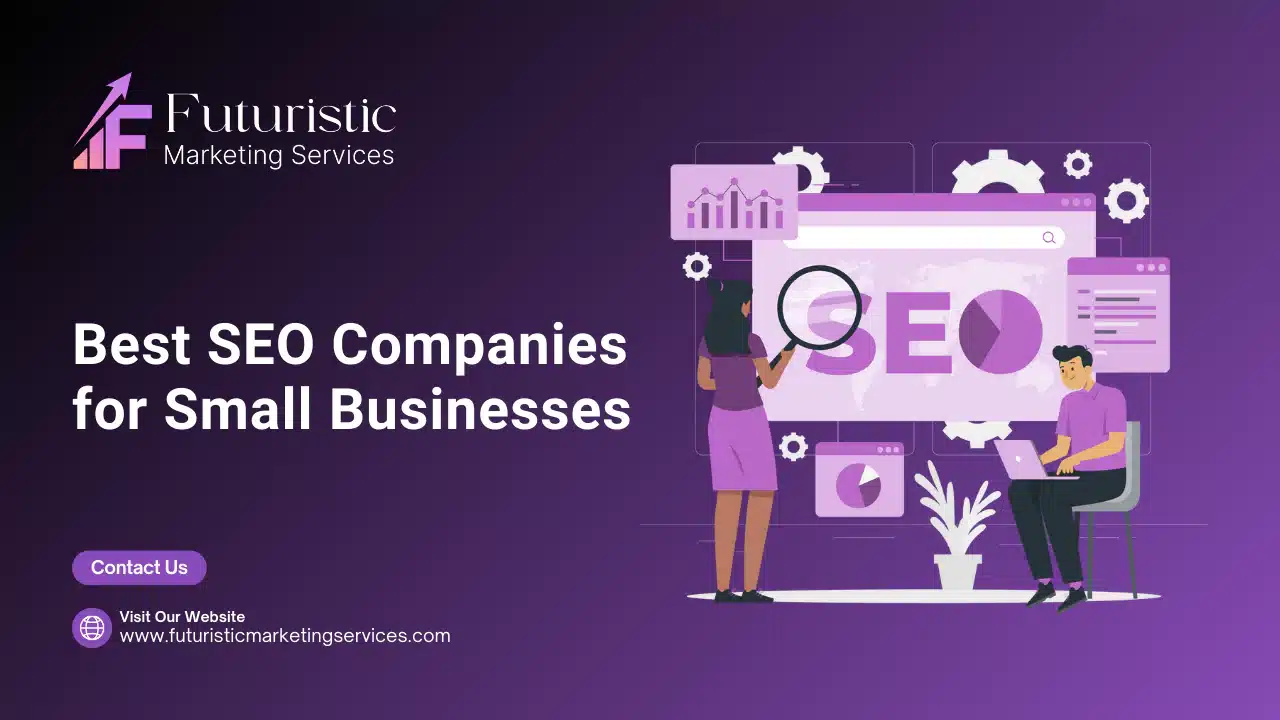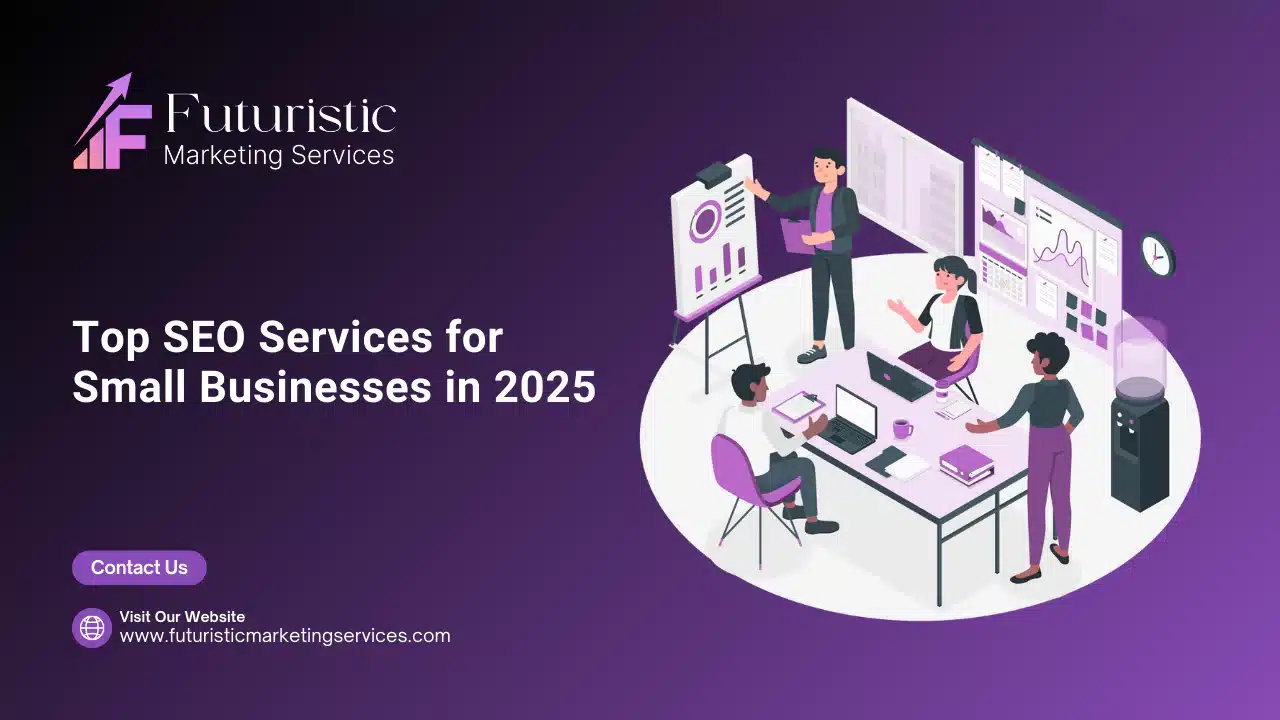When it comes to marketing strategies, businesses often grapple with the choice between growth marketing and performance marketing. Both approaches have unique benefits, but understanding their differences is critical for achieving your goals. This blog will break down these concepts, helping you choose the right strategy for your business.

What is Growth Marketing?
Growth marketing is a holistic, long-term approach focused on the entire customer journey. It’s about understanding customer needs, testing different strategies, and optimizing for sustainable growth. Unlike traditional marketing, growth marketing goes beyond acquisition to focus on retention and lifetime value.
Key Components of Growth Marketing
- Data-Driven Decisions: Analyze metrics to make informed changes.
- Customer-Centric Strategies: Focus on providing value at every stage of the customer journey.
- Full-Funnel Focus: Address acquisition, activation, retention, and expansion.
Examples of Growth Marketing Strategies
- A/B Testing: Optimize elements like headlines, images, and CTAs to see what works best.
- Content Marketing: Provide valuable information through blogs, guides, and resources.
- Referral Programs: Encourage customers to bring in new users.
- SEO: Rank higher on search engines to attract organic traffic. Internal Link: SEO Services
- Social Media Engagement: Build relationships with your audience through interactive content.
Businesses that use growth marketing see a 30% higher customer retention rate compared to traditional marketing approaches. (Source: HubSpot)

What is Performance Marketing?
Performance marketing is a results-driven strategy focused on measurable ROI. It involves running targeted campaigns that track specific metrics like clicks, leads, and conversions.
Key Components of Performance Marketing
- Measurable Outcomes: Every action is tied to a clear result.
- Pay-for-Performance Model: Businesses pay for successful outcomes, such as clicks or sales.
- Focus on Immediate ROI: Designed for quick wins.
Examples of Performance Marketing Channels
- Paid Advertising: Leverage platforms like Google Ads and Facebook Ads.
- Affiliate Marketing: Collaborate with partners to drive conversions.
- Influencer Marketing: Partner with influencers to promote products.
- Search Engine Marketing (SEM): Optimize paid search campaigns.
- Native Advertising: Use ads that blend seamlessly with content.
Businesses using performance marketing achieve a 200% increase in ROI compared to non-targeted campaigns. (Source: Neil Patel)
Key Differences Between Growth Marketing and Performance Marketing
Aspect | Growth Marketing | Performance Marketing |
Approach | Holistic and customer-centric | Targeted and ROI-focused |
Timeframe | Long-term | Short-term |
Metrics | Customer retention, lifetime value | Cost per acquisition, ROAS |
Strategies | Experimentation, collaboration | Fixed campaigns, direct response |
When to Use Growth Marketing
Ideal Scenarios
- Startups looking to scale sustainably.
- Businesses focusing on customer retention.
- Companies aiming to build long-term relationships.
Real-World Example
A SaaS company optimized its customer onboarding process through growth marketing, leading to a 40% increase in retention rates.
When to Use Performance Marketing
Ideal Scenarios
- Businesses needing immediate results.
- Companies launching time-sensitive campaigns.
- Brands with specific, measurable goals.
Real-World Example
An e-commerce brand ran targeted Facebook ads during Black Friday, achieving a 300% increase in sales within 48 hours.

How to Integrate Growth and Performance Marketing
Benefits of Integration
- Balance short-term wins with long-term growth.
- Create synergy between acquisition and retention strategies.
Actionable Strategies
- Align growth and performance teams with shared objectives.
- Use growth insights to refine performance campaigns.
- Share data between teams to identify high-performing channels.
Conclusion
Both growth marketing and performance marketing have distinct roles in driving business success. By understanding their differences and integrating them effectively, businesses can achieve sustainable growth while delivering measurable results.
Need help choosing the right strategy for your business? Contact Us today to discuss how we can help you grow!

